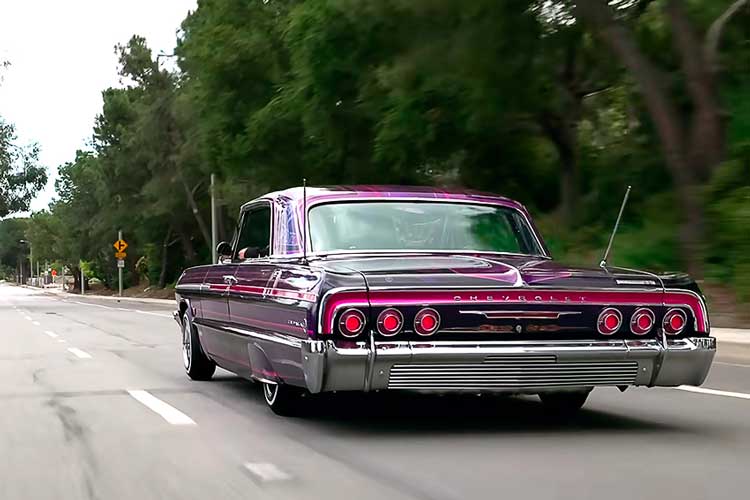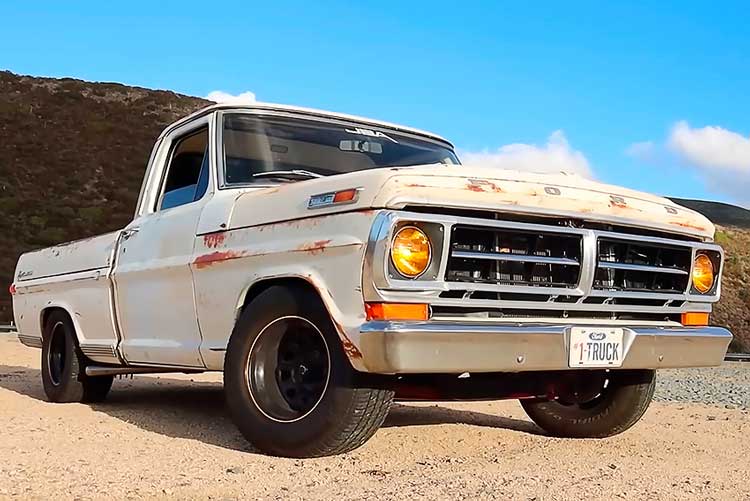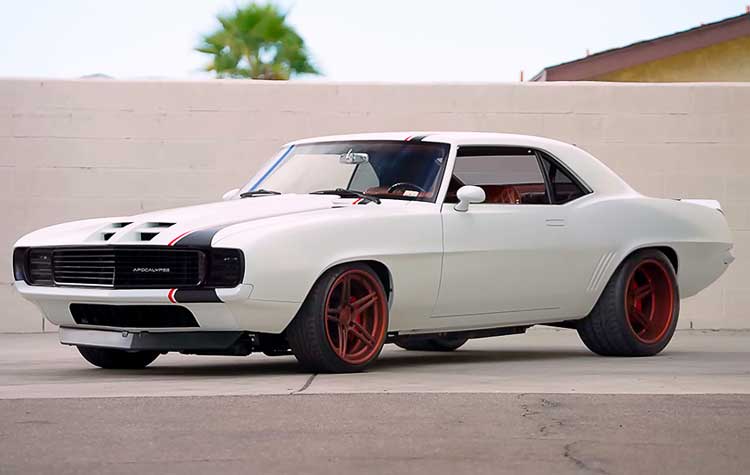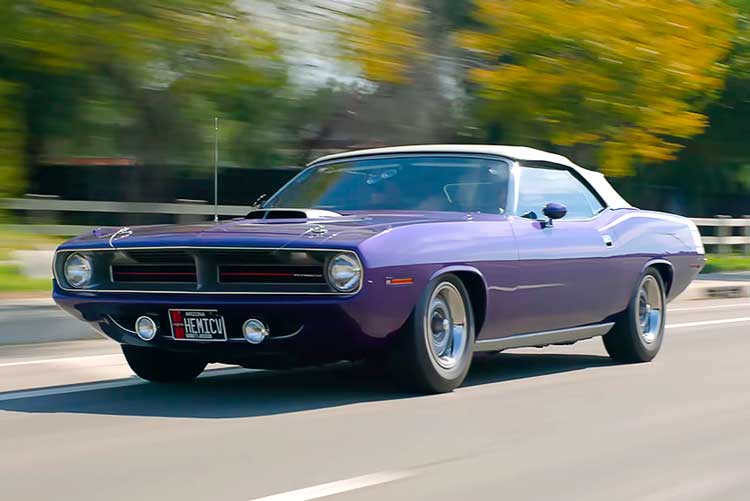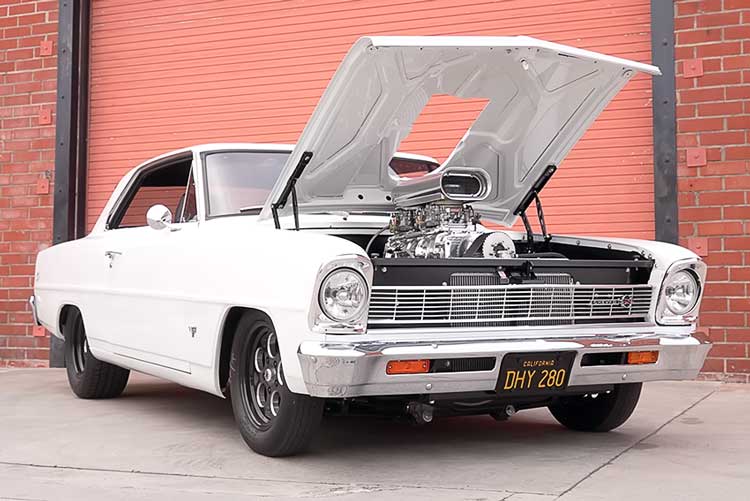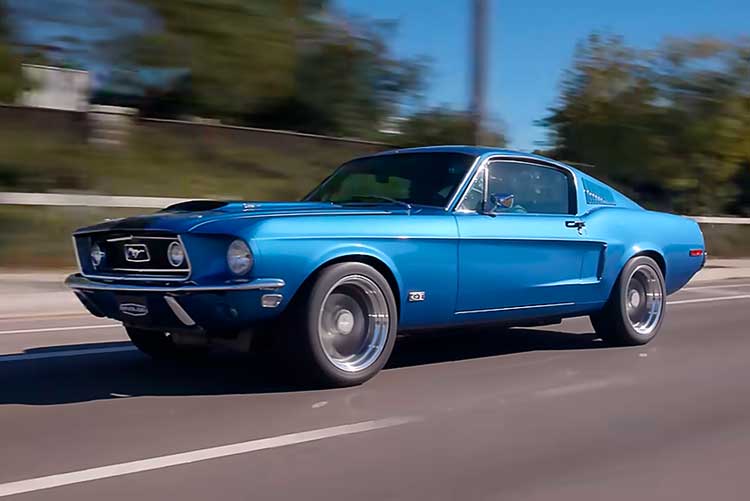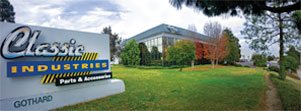"Lowriding unites more than just families, it unites cultures. You go to a show and you're gonna see that melting pot," explained Albert De Alba, Sr. He's part of a three-generation legacy of lowrider builders, starting with his father Mario and continuing to his son Albert Jr. Several of the De Alba family's custom creations are part of a new exhibit at the Petersen Automotive Museum in Los Angeles, CA, appropriately titled "Best in Low."



